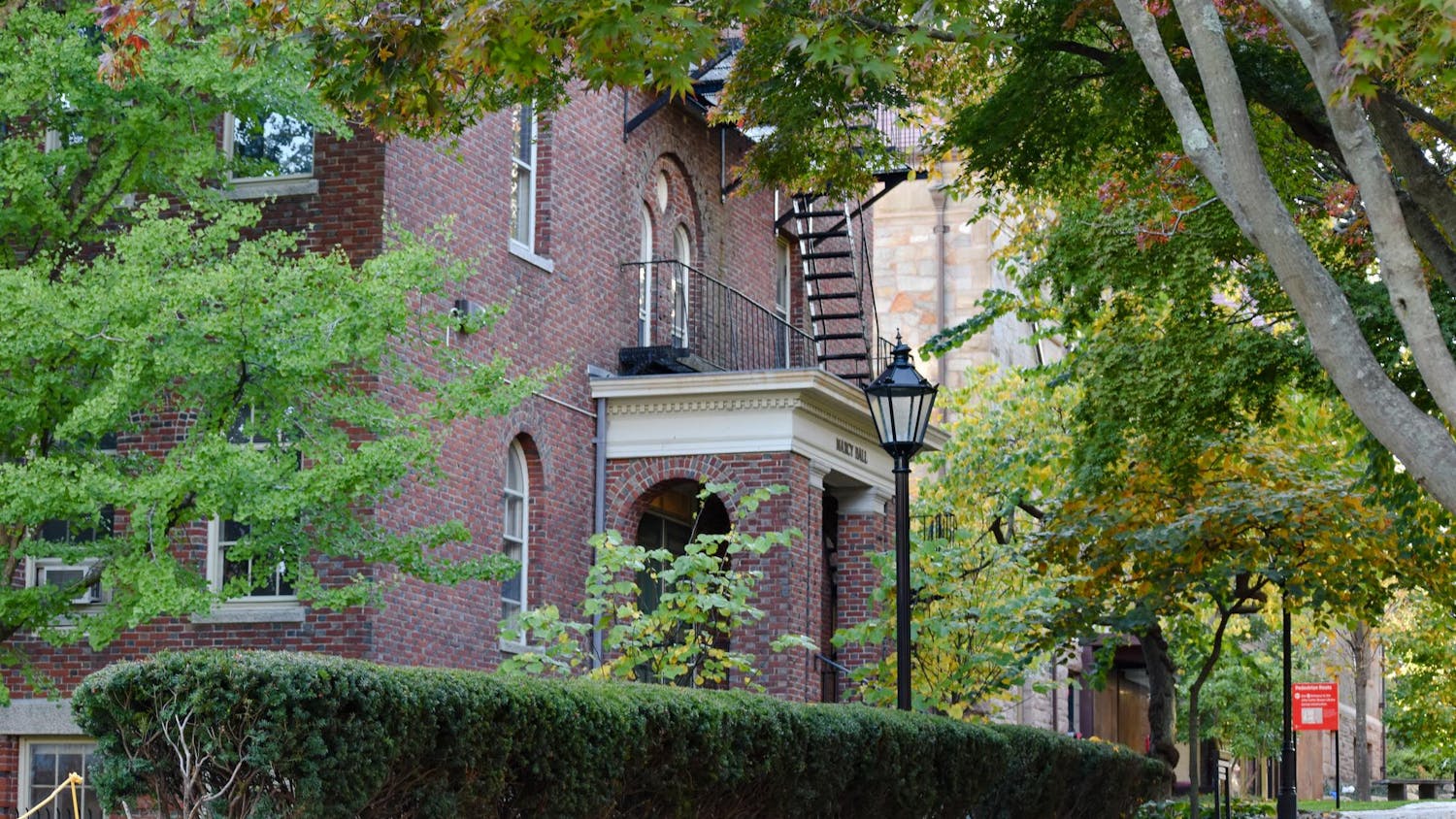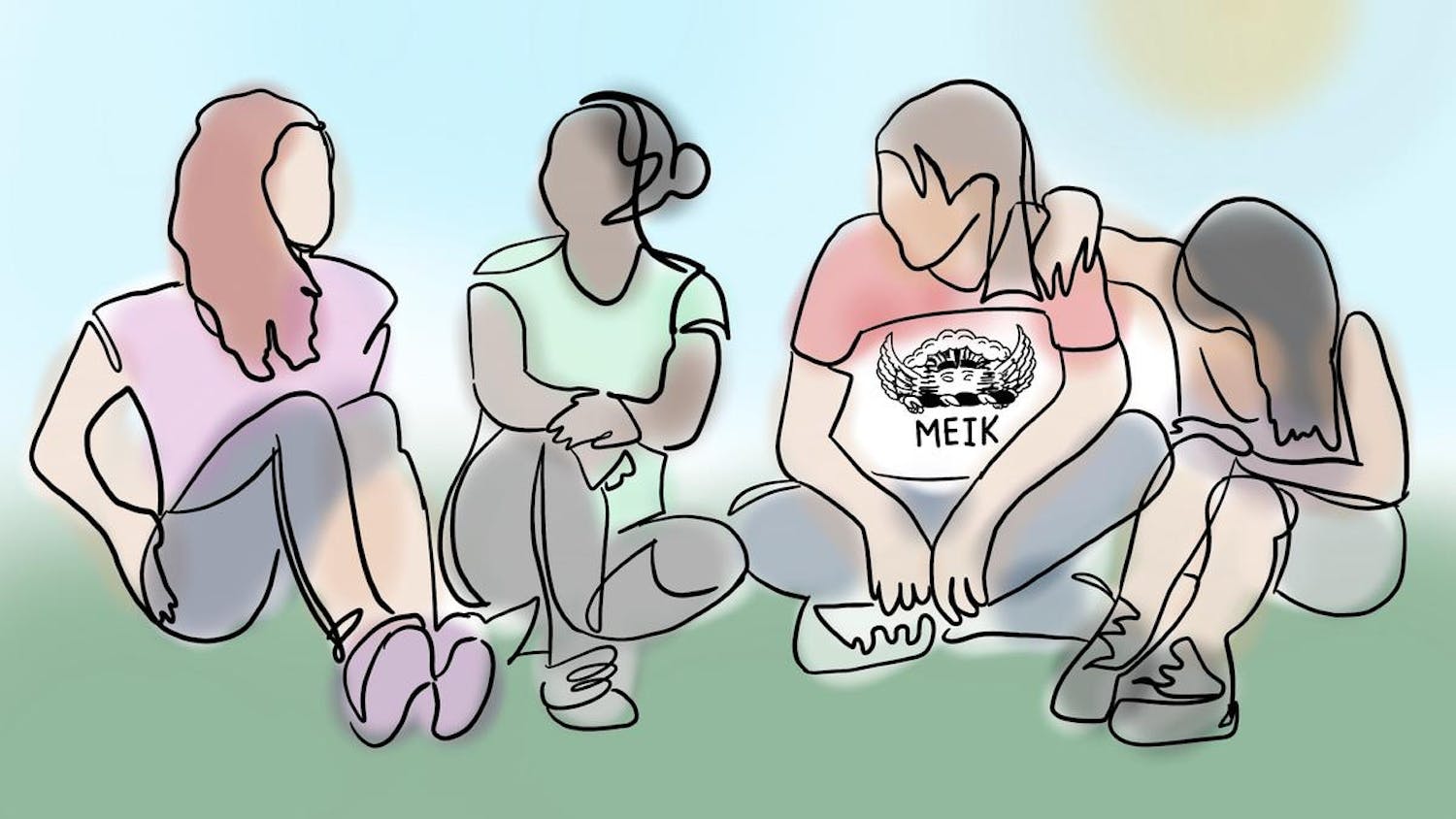The University announced that the “largest-ever cohort of students” from historically underrepresented groups entered graduate programs this fall, representing 12 percent of the entire class of graduate students, according to an Oct. 5 press release. The number of students from HUGs has increased 38 percent since 2015.
Administrators view this as a step forward in their goal to double the representation of students from HUGs by 2022, as outlined in the Diversity and Inclusion Action Plan. The University defines HUGs as “those who self-identify as American Indian, Alaskan Native, African American, Hispanic or Latinx and Native Hawaiian and/or Pacific Islander,” according to the DIAP.
This increase reflects changes made at the Graduate School to improve recruitment and retention of these students, said Marlina Duncan, associate dean of diversity initiatives at the Graduate School.
To build a pool of diverse applicants, the School of Engineering purchases lists of students to contact from the Educational Testing Services, the organization that administers the GRE, with an emphasis on students from underrepresented backgrounds, said Jennifer Casasanto, associate dean for programs and planning in the School of Engineering.
In a more personal style, faculty also contact applicants and encourage them to apply, Casasanto said.
Those personal connections can go a long way. Maria Fernanda Lugo-Bolanos GS, a first-generation student from Mexico, said she would not have applied to Brown if not for the insistence of a Brown alum, as she worried that her background would place her at a disadvantage compared to other students. “I don’t know English well … I didn’t know what it really meant to be in an Ivy League,” she said.
In addition, federal programs like the Initiative for Maximizing Student Development — which provides grants to universities to recruit doctoral-track students who are U.S. citizens or permanent residents from underrepresented groups — also help make the School of Engineering more accessible, Casasanto said. The University’s IMSD program was originally implemented in the Med School and expanded to the physical sciences, mathematics and engineering departments when the University received a $3.3 million federal grant from the National Institute for General Medical Sciences.
The University also sends representatives to national conferences and fairs.
“Brown has a strong presence” at these conferences, said Caroline Kuo, assistant dean of diversity and inclusion at the School of Public Health. “If we don’t get students to apply, then it’s impossible to get them into the pipeline.”
Besides recruiting diverse students, the Graduate School is also working to make itself more welcoming.
“We can attract amazing students, but when they get here, we need to make sure that this is an inclusive environment,” Duncan said, adding that she has worked closely with faculty members and students to re-examine curricula and student programming to achieve these goals. Some of the University’s efforts include hosting town halls and weekly events to facilitate conversations around diversity and other issues.
Dean of the School of Engineering Larry Larson said that the School of Engineering aims to revitalize University chapters of organizations like the Society for Women Engineers and the National Society for Black Engineers, in addition to its graduate student advisory board.
Lugo-Bolanos, who served on the School of Engineering’s advisory board, said that discussion topics ranged from publicizing mental health resources for students from underrepresented backgrounds to bringing in more companies looking to hire graduate students. Students also recommended that orientation for PhD and Masters students take place over the course of the semester rather than in the span of one week.
Though the Graduate School has implemented new programming for students this year, improving advising and mentoring throughout the academic departments is the next step. They will work to create a task force aimed at improving advising and mentoring that is composed of students, in addition to the existing support system of faculty.
Duncan said she also met with STEM and social sciences departments to discuss the importance of assessing applications holistically — considering “personal statements, recommendations and the research statement of the student and not weighing so heavily on the scores.”
The University’s diversity initiatives stem from a long history of student advocacy, said Lydia Kelow-Bennett GS, a member of the Graduate School’s advisory board.
For example, the Graduate School partnered with the Brown Center for Students of Color this fall to hold its first orientation specifically for graduate students of color — an idea that came from the student advisory board that Duncan created in 2015.
That advisory board’s meetings “brought together peer advocacy leaders from across a wide range of issues like race, disability, … sexuality, gender (and) religion,” Kelow-Bennett said. The board provides a way for the Graduate School to hear the concerns of underrepresented students, she added.
Students continue to advocate for greater equity for underrepresented graduate students. In addition to advocating for an orientation for students of color, Kelow-Bennett said graduate students voiced concerns about how the University defines HUGs and tracks the number of students of color.
The University does not classify international students as students of color and Asian American students as HUGs: These decisions have led to “institutional invisibility,” Kelow-Bennett said, adding that such lapses caused some students to not receive invitations to certain events, such as a multicultural student dinner.
Duncan acknowledged that while the University’s classification system did result in international and Asian American students not receiving these invitations, she said that the Graduate School has discussed changing its application for the upcoming admissions cycle to allow students to self-identify as a student of color.
“The charge of this office is to give priority” to students from HUGs, Duncan said, adding that events like the fall multicultural dinner were not intended to be exclusionary.
Jonathan Cortez GS, another advisory board member, said they hope conversations expand beyond historically underrepresented groups. “This isn’t about being a HUG … This is about being a person of color at Brown.”
The graduate student transition to Brown can also be difficult. Lugo-Bolanos said that she did not realize that she came from a low-income background until she arrived on campus. However, after using resources like Counseling and Psychological Services and the First-Generation College and Low-Income Student Center, she began to feel more confident, she said.
“I see a lot of students suffer in silence,” Lugo-Bolanos said. “But the deans really care about the well-being of students … The professors, the TAs, everyone really cares. They want to bring diverse experiences that students have.”
Now in her final year at Brown, Lugo-Bolanos said she views her background as an advantage and an opportunity because she has “access to these two worlds and … (wants) to connect them,” she added.
“Before my world was just Mexico, … but now I want to travel everywhere, and that’s a gift that Brown gave to me,” she said.
Correction: A previous version of this article stated that Marlina Duncan, associate dean of diversity initiatives at the Graduate School, said that the Graduate School will change its application for the upcoming admissions cycle to allow students to self-identify as a student of color. In fact, the University has only discussed making such changes. The Herald regrets the error.





